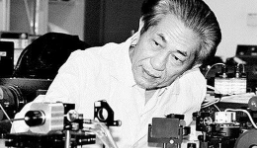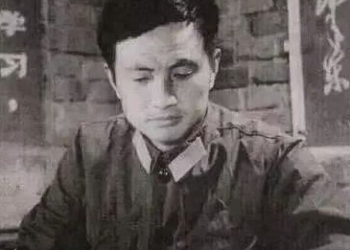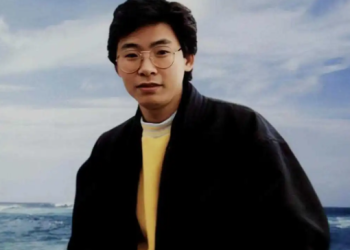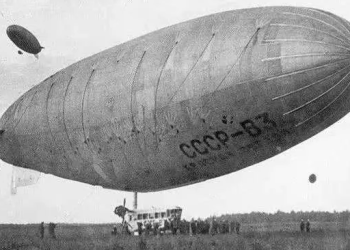On August 9, 1935, Min Naiben was born in Rugao, Jiangsu Province. Throughout his life, he remained steadfast in his mission: to contribute to his country through science and education. His career would later be remembered as one of perseverance, sacrifice, and groundbreaking achievements that bridged China’s scientific progress with the frontiers of global research.
In the early 1960s, Min Naiben began to dedicate himself to the study of crystal growth, crystal defects, and the physical properties of crystals. This was a field both highly theoretical and extremely practical, as crystal technology underpins everything from semiconductors to lasers.
In 1982, Min published his monumental 410,000-word monograph, The Physical Basis of Crystal Growth. This work became the first comprehensive theoretical treatise in the world devoted entirely to crystal growth, marking a major milestone in international scientific literature.
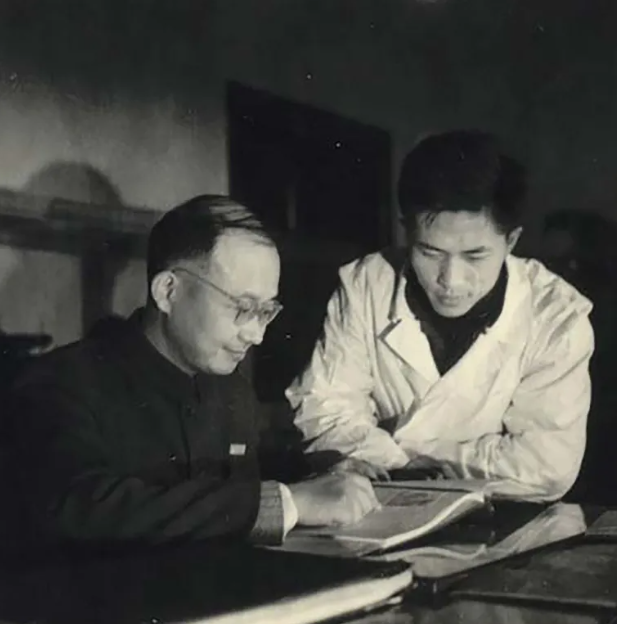
A year later, during his time as a visiting scholar at the University of Utah, Min successfully revised the well-known Jackson Theory, an accomplishment hailed by the international crystal growth community as “the most groundbreaking theoretical achievement in the field of crystal growth in the past decade.” This recognition earned him the Hercules Award in the United States.
So impressive was his work that Professor Rosenberg, Vice President of the American Crystal Growth Association, offered Min a ten-year work contract in the United States — an opportunity that many young scientists could only dream of. Yet, Min did not hesitate. Despite the comfortable future awaiting him abroad, he resolutely chose to return to China, where experimental conditions were rudimentary and conducting verification was extremely difficult.
For a long time, Min worked in a tiny 6-square-meter study, hunched over a simple student desk. Many of his academic papers were written in this modest environment, a stark contrast to the world-class laboratories he had access to overseas.
Even after being elected as an Academician of the Chinese Academy of Sciences, Nanjing University offered him a better apartment, yet he refused. Aware that housing was scarce, he gave it up, stating firmly: “If one is preoccupied with making money, it only wastes precious research time.”
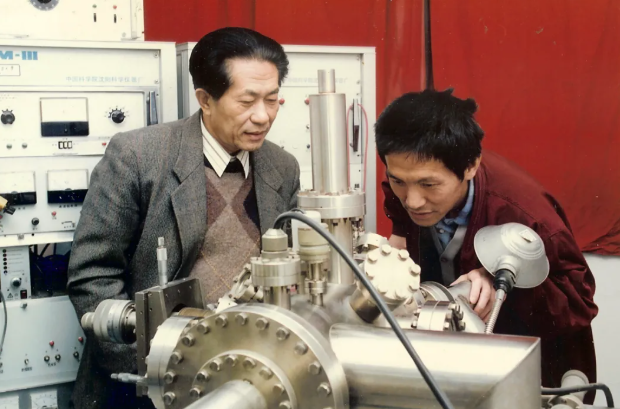
From 1984, at the age of 49, Min began to lay the foundations of his research team. In his view, the development of an academic group was not a matter of simply recruiting promising individuals or acquiring advanced equipment. It was, instead, a gradual accumulation of knowledge, experimental skills, and research outcomes.
He carefully selected students from Nanjing University’s 1977 and 1978 cohorts, choosing those with the strongest potential. Among them were Zhu Yongyuan, Zhu Shining, Lu Yalin, and Lu Yanqing, who would later become his doctoral students and lifelong collaborators.
In 1986, Min proposed the concept of dielectric superlattice materials. After three years of exploration, he and his students developed the multiple quasi-phase-matching theory for quasi-periodic superlattices, predicting that “a single quasi-periodic dielectric superlattice could simultaneously convert one color of laser light into three or four different colors.”
When this result was published in 1990 in an international journal, it initially went unnoticed. Yet by 1996, once experimental verification was achieved, the global academic community finally recognized its significance. What began as a niche idea soon evolved into a hot research field, particularly after scientists from institutions such as Stanford University joined in.
From 1986 to 2005, Min and his team devoted nineteen years to studying dielectric superlattices, pushing the boundaries of both theory and application.
In 2005, their research group combined basic theoretical breakthroughs with solid-state laser technology, successfully developing an all-solid-state superlattice laser capable of producing red, green, blue, and even white light.
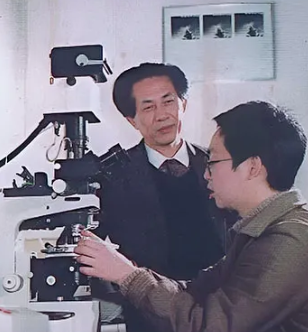
Until then, lasers around the world could only emit a single color. Under Min’s leadership, for the first time in history, a laser was capable of producing multiple colors simultaneously. This revolutionary technology held wide-ranging applications — from medical treatment and national defense to quantum communication.
In 2006, after two years in which the award had gone unissued, the First Prize of the National Natural Science Award of China was granted to Min Naiben and his team of five professors — Zhu Yongyuan, Zhu Shining, Lu Yalin, and Lu Yanqing — at the Solid Microstructure Laboratory of Nanjing University.
When praised for the achievement, Min humbly stated: “This project, from proposing the concept, building the theory, confirming the effect, and finally developing a new prototype device, took 19 years. This was not the work of one person alone. The credit cannot belong to me only. I am merely older, a teacher.”
In 2013, the International Astronomical Union’s Minor Planet Naming Committee approved naming asteroid No. 199953 as “Minnaiben Star”, honoring his lifelong contributions to science.
This rare recognition symbolizes that Min’s legacy does not merely belong to China, but to humanity as a whole — his name now written among the stars.
When asked about his view on science, Min once said:
“The pursuit of science is for the contribution to all humankind, not for the personal utility of scientists. Since ancient times, the greatest aspiration of Chinese intellectuals has been to dedicate their knowledge to the nation and its people.”
On the subject of “unpopular disciplines,” he explained:
“To sit patiently on a cold bench does not mean we feel no distress or anxiety. It means that even in times of uncertainty and despair, we must remain calm, focus our minds, and continue to think deeply and explore diligently.”
Min Naiben’s journey embodies the spirit of perseverance, humility, and patriotism. He turned down lucrative offers abroad, endured hardship in humble settings, and spent decades advancing fields that were, at the time, considered obscure. His work reshaped the landscape of crystal growth and laser physics, and his leadership cultivated a generation of world-class Chinese scientists.
Above all, Min’s life was a race against time — not for personal gain, but to push the boundaries of knowledge and to contribute to his country and humanity. His story remains a shining example of how true scientific pursuit is not measured by wealth or fame, but by dedication, sacrifice, and the courage to sit on the “cold bench” until breakthroughs are made.
